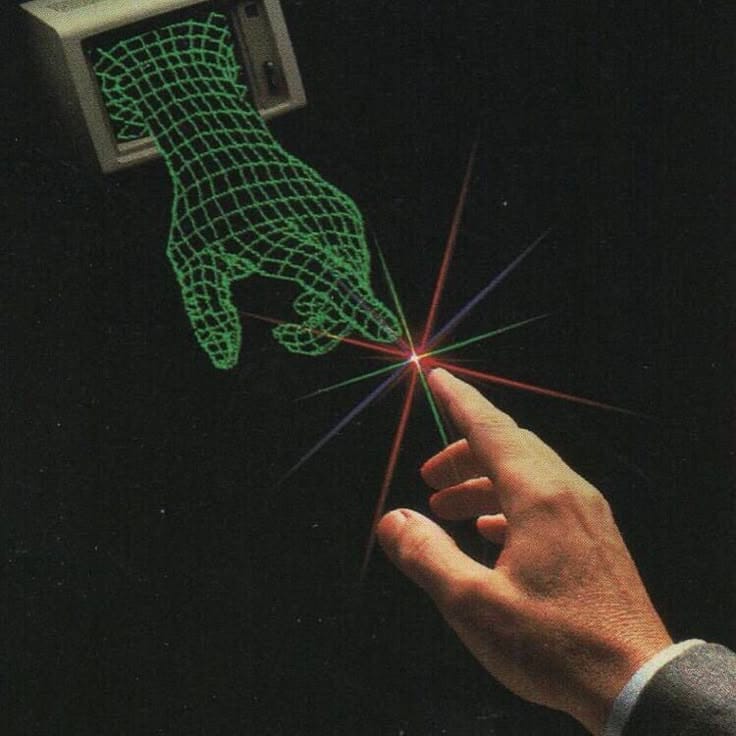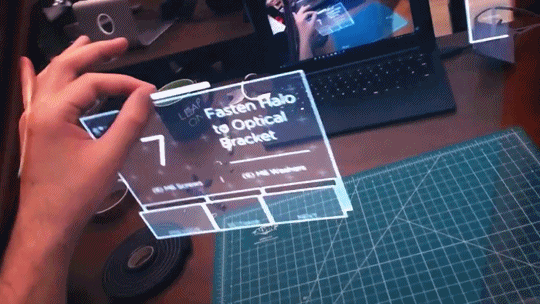Everyone’s A Dev Now, Without Growth

Narratives are the new USPs, and Trends are the new MVPs
I. The Democratization of Development
I keep noticing the same scene repeat itself. A teenager in a dorm room ships an app over a weekend. A designer sketches an interface at night, then spins it into a working product by morning. Tools that once lived behind long education and expensive teams now sit on a browser tab. It struck me that the barrier is no longer entry. It is endurance.
The lowered entry barriers are catalyzing a boom in new apps and services, fostering innovation across various sectors. Technical prowess is no longer the primary differentiator. Instead, creativity, problem-solving, and market understanding are becoming increasingly valuable.
We’re witnessing a surge in independent developers, solo startups, and side-project entrepreneurs, each contributing to a more diverse digital ecosystem. Technical skill still matters, yet it is no longer the lone gatekeeper. Creativity, judgment, and a feel for people begin to separate similar products. Many will build. Fewer will build something that stays.
II. The New Battleground: Attention Economy
In a crowded market, features rarely carry the whole load. What reaches people is the way a product speaks for itself. Story becomes a form of utility. A clear promise, an emotion held gently, a reason to care beyond the checklist.
Trends move like weather. A small team that can sense them early and shape to them quickly often travels farther than a team waiting on perfect depth. In practice, the question shifts from “Is it complete?” to “Is it compelling enough to be shared?” Perfection can wait. Shareability cannot.
T he real challenge shifts from creation to differentiation. In this hyper-competitive landscape:
- Narratives as USPs: Unique Selling Propositions (USPs) are evolving. It’s not just about features or quality, but about the story a product tells and the emotion it evokes.
- Trends as MVPs: The concept of Minimum Viable Product (MVP) is being redefined. Trending appeal is becoming as crucial as core functionality.
- Viral Potential Over Perfection: A product’s ability to spark organic word-of-mouth often outweighs its technical refinement or feature completeness.
III. The ‘Press-Stress’ Test: Marketing First, Product Second
The traditional product development cycle is being inverted. Instead of Product > Marketing > Conversion, we’re seeing a shift to:
Marketing > Product > Conversion
There is a simple reversal that many modern builders now practice. Instead of crafting in private and only then unveiling, they test the public pulse early. A single thread, a short video, a landing page with a line that holds weight. If the response is alive, they keep going. If not, they revise the promise before they spend the budget.
Think of it as a gentle stress test on the story. Not spectacle, not hype, only an honest trial: does this matter to anyone yet?
IV. From MVP to MMP: The Minimal Marketable Product
The first version that counts is not only viable. It is marketable. A minimal marketable product is small, but it travels. It invites a friend to show a friend. It carries a line that can be repeated without effort. It fits a moment people already feel.
Shareable, story-driven, aligned with the present, clear about who it is for. When these qualities appear together, the smallest release can find its way.
Apps are popping up based on a few key metrics; designed for inherent virality, a compelling narrative, or community-driven.
V. The Future of Product Development
As we move forward, several key trends are likely to shape the landscape:
- AI-Augmented Creativity: AI tools will increasingly assist in both product development and marketing strategy, allowing creators to focus on high-level conceptualization.
- Community-Driven Development: Successful products will leverage user communities for feedback, feature ideation, and organic growth.
- Rapid Iteration Cycles: The ability to quickly adapt to market feedback and evolving trends will become crucial for survival.
- Cross-Platform Synergy: Products that can create seamless experiences across various platforms and integrate with existing ecosystems will have an edge.
- Ethical Considerations: As development becomes more accessible, there will be an increased focus on responsible innovation and ethical product design.
Tools will keep assisting the work, not by replacing judgment, but by removing friction so judgment can be used where it matters. Communities will sit closer to the making, offering feedback that shapes the next release. Cycles will shorten; listening will lengthen. Products that live well across environments will feel natural to use. And as more people can make, care for consequence will need to grow with capability.
Some creators will begin open, then adjust licenses or add paid layers once trust and community form. We have seen this path with projects like Coolify, Obsidian, Excalidraw, and tldraw. The sequence is familiar: offer freely, earn belief, then sustain responsibly.
VI. Implications for Entrepreneurs and Developers
To thrive in this new environment, creators must:
- Cultivate Marketing Acumen: Develop skills in storytelling, trend analysis, and community building.
- Embrace Flexibility: Be prepared to pivot quickly based on market response and emerging opportunities.
- Foster Authenticity: In a world of abundant options, genuine connections with users will be a key differentiator.
- Prioritize User Experience: Focus on creating products that are not just functional, but delightful and memorable.
- Leverage Data Insights: Utilize analytics to understand user behavior and refine both product and marketing strategies.
Conclusion: The New Tech Paradigm
We stand in a moment when almost anyone can make almost anything. The question is no longer “Can you build?” It is “Can you hold attention with integrity, long enough to matter?” Technical skill opens the door; narrative, timing, and community keep it open.
Looking back, I suspect the winners will be those who market first to test the promise, then build with care, then return to listen again. The work will feel less like launching and more like tending. Not spectacle, but stewardship.
In time, what lasts will be the things that learned how to be seen without shouting, and how to grow without losing the people they were made for.

